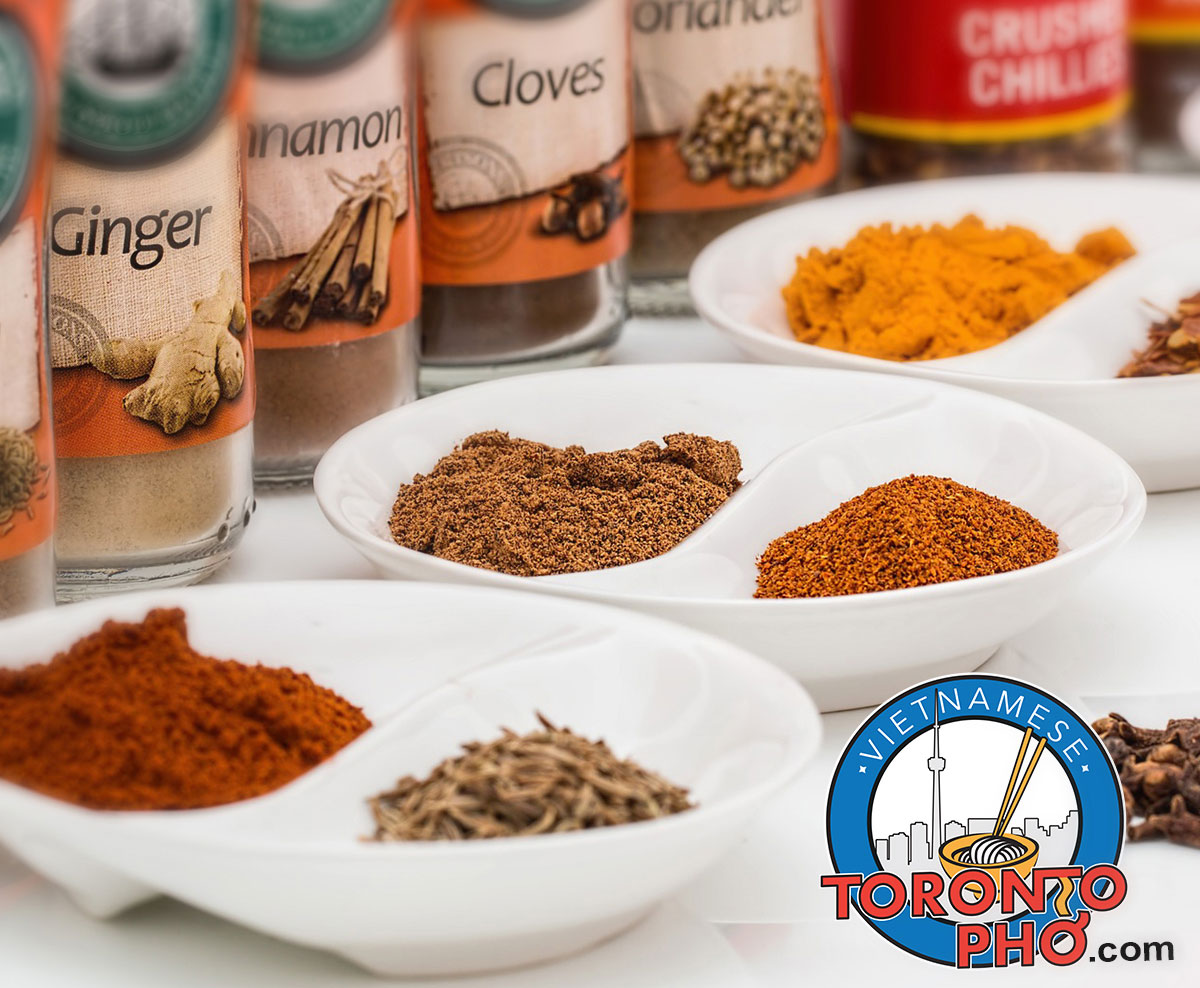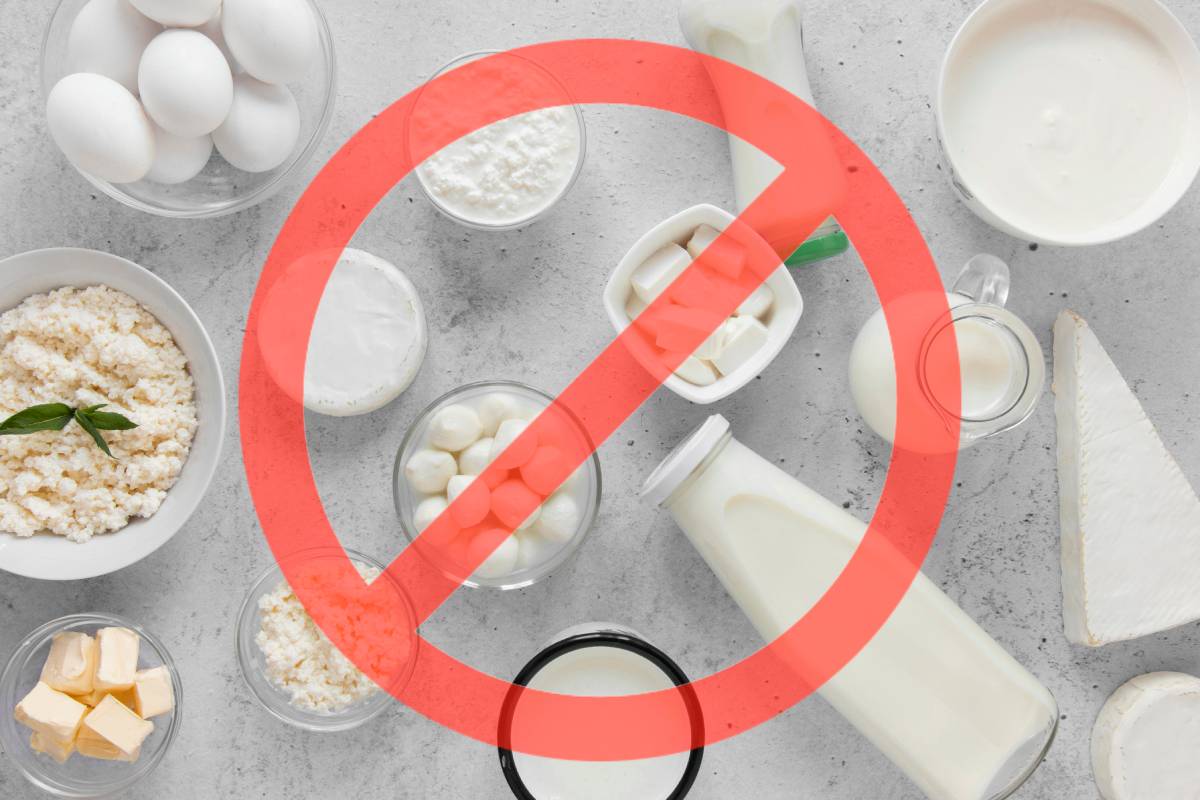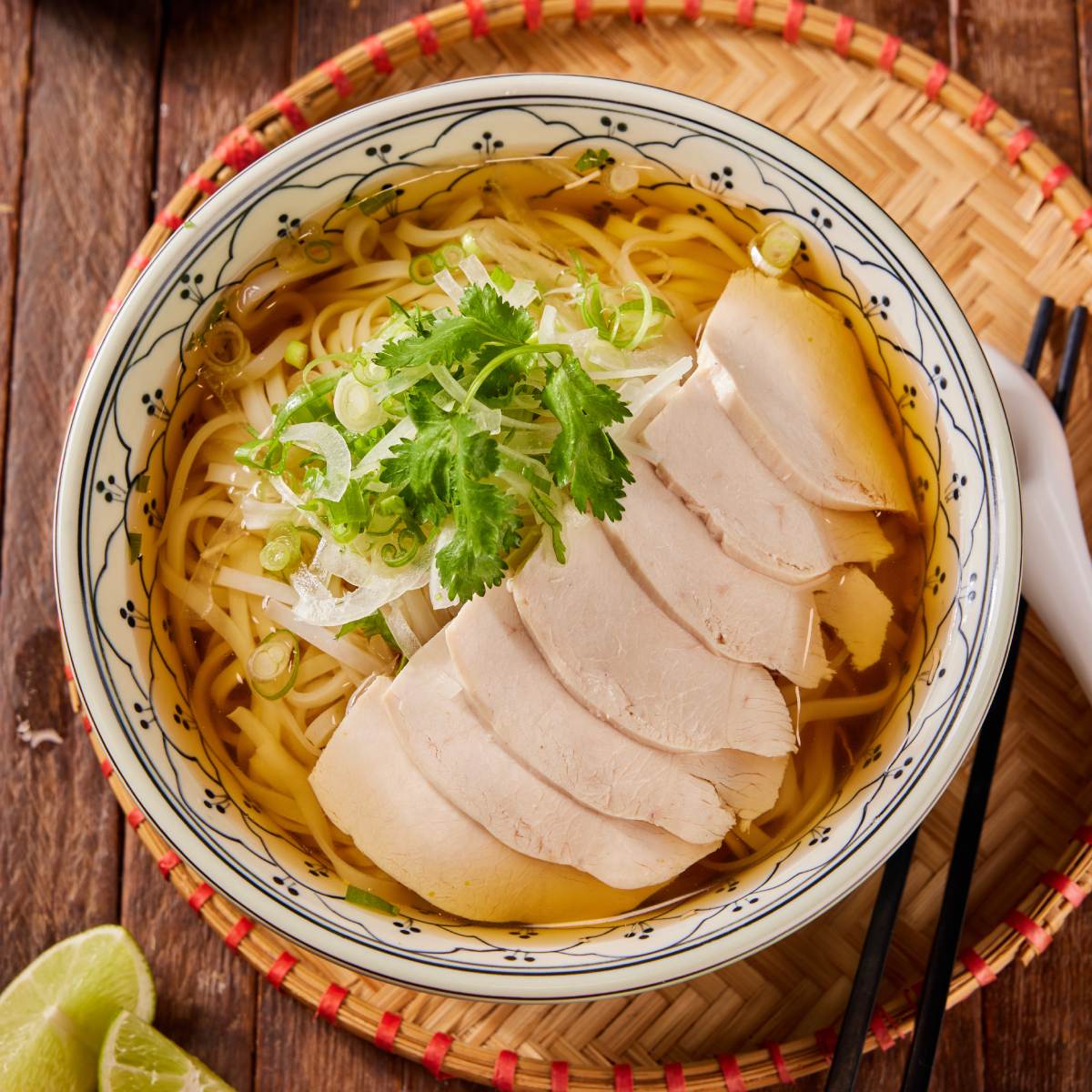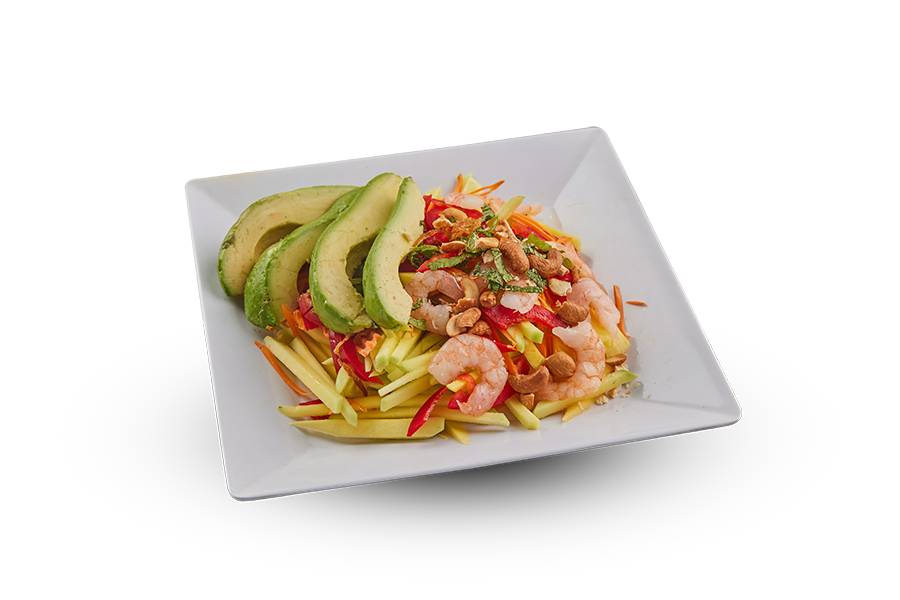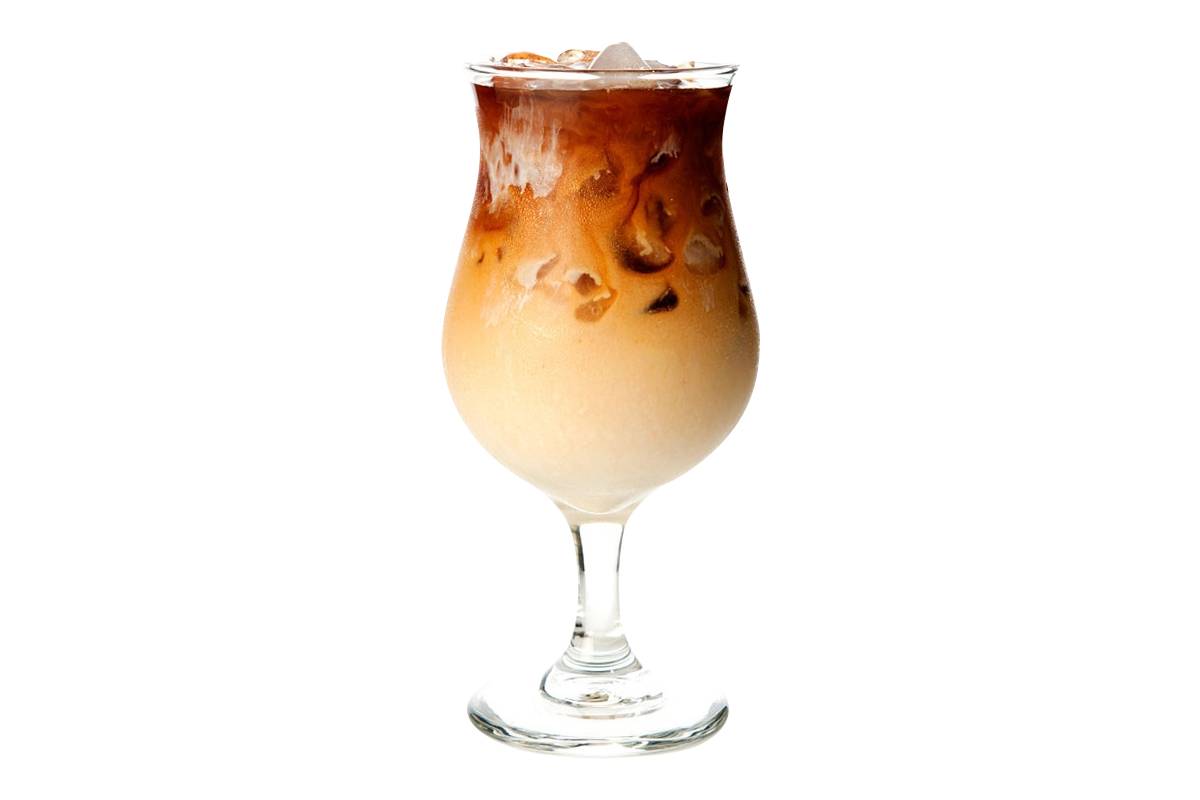Are Vietnamese foods spicy?
No, in general, Vietnamese foods aren’t spicy. With Vietnamese cuisine, herbs and spices are used frequently but not in the same way they’re applied in a manner of cooking like Thai. To a degree, Vietnamese cuisine can be divided into north and south, with the northern half of the country preferring salt and the southern half preferring sweetness. These are largely the two flavours that are pulled from, with herbs and spices used sparingly
Spicier foods in Vietnam come from the south
As we dig into Vietnamese cooking, one will find northern-influenced foods lean heavily on Chinese cuisine. They use very little sweetener. In the south, cooking’s a little bit bolder and sweeteners do get used to help balance out salt or other ingredients. Although some may say spicier foods in Vietnamese cooking are north-influenced, there are some that come from the south. The Vietnamese foods that are spicy tend to be in the vein of a hot curry, beef noodle, a Thai-style sour and sweet hot pot. That said, it is not very typical.
A choice of balance over spice
Balance in taste is high priority in Vietnamese cuisine and therefore, creating a spicy dish somewhat goes against this philosophy. This is why Vietnamese leans more on herbs and other ingredients away from spices. Even the spicier Vietnamese dishes don’t tend to be that spicy compared with that of Thai cuisine or other dishes.
What spices are used in Vietnamese cooking?
There are many types of herbs and spices used in Vietnamese cooking including lemongrass, coriander, dill, star anise, ginger, garlic, cinnamon, chili powder, black pepper, galangal, and more. More of these spices tend to be used in authentic Vietnamese cooking, compared to several of Vietnam-inspired foods which have been adapted to Americanized eating habits. These spices, and others, create very flavorful dishes but they need to be used right. There’s definitely an art and a science to using spices in this style of cooking.
Why we use spices
We use spices in Vietnamese cuisine to make up for the lack of fats, oils, and butters. Typically, those other things would be used to flavor a dish. Although they do it so successfully, they don’t tend to vibe with the Vietnamese way of cooking. Herbs and spices are used to optimize and blend alongside the natural flavours of vegetables and other healthy nutrition choices. Precise, careful measuring is needed, as each dish is handmade and prepared to deliver a balanced meal the whole family can enjoy.
‘Spicy’ is just one of five flavours
Unlike in dishes where spiciness is the guiding factor of how a dish is prepared and flavored, in Vietnamese there are five distinct flavors – sweet, sour, bitter, spicy, and salty. Thereby, the act of spicing a dish strictly to make it spicy is one of several elements chefs have to play with. This has made Vietnamese cooking an incredibly creative area for chefs to explore. Mastering these elements can take years to accomplish.
The history of spice in Vietnamese cooking
Another major reason why perhaps spices aren’t a huge focal point of cooking meals in Vietnamese culture is that decades ago, even going back centuries, the country was not a part of the spice trade as it was known then. Vietnam’s cooking has always relied on what was available in geography and spices were not accessible in this part of the world for a very long time. Spices like chili powders were added much, much later.
This is all why the ‘spices’ used are mainly all herbs. Lemongrass for example is frequently used across beef, poultry, and fish. Cilantro is used frequently in pho. Dill can help with marinating meats, fish, and other dishes. Star anise is used in soups and stews. Annatto seeds are used to provide color to some foods. Ginger is the most used spice in Vietnamese cooking, usually used across soups and meat-based dishes.
Are there Vietnamese seasoning blends?
Seasoning blends are something more common in Canada and the United States than it is in Vietnamese cooking. Single spices are much preferred over blends. That said, a lot of foods are of course prepared with blends of different herbs and spices. This then requires someone to essentially learn the art of how much to use, when, and why. It can be a long journey into mastering Vietnamese cooking.
Sauces in space of spices
Sometimes a chef will choose to limit the herbs and spices used to help keep a food relatively plain, allowing the person eating to dip it into a sauce. In Vietnamese cuisine, there are several rich, salty sauces that can be used as either a base flavor or a finishing touch.
For example, fish sauces are used as a condiment or as a base for soups, stews, and pho. Soy sauce gets used in Chinese-inspired Vietnamese dishes. Shrimp sauce is sometimes applied in marinating meats. There’s chili sauce which can also be added to some vegetable soups or broths. There are so, so, so many flavors in herbs, spices, and sauces to pull from. It really allows a chef to make almost anything.
The power of herbs and spices in vegan and vegetarian eating
When someone tastes a Vietnamese dish, a lot of what they taste are the herbs and spices. Fortunately, this means you can create vegan and vegetarian dishes, faux meats or imitation meats, or use tofu, and as long as you apply the same herbs and spices, you get more or less a similar or identical dish.
Are you looking for Vietnamese eating in Toronto? TorontoPHO is the city’s top Vietnamese restaurant, promising authentically prepared foods you will learn to love. Drop by anytime and feel encouraged to have some of our pho, bubble tea, and more. Vietnamese food is one of the most flavorful, healthiest cuisines there is.

